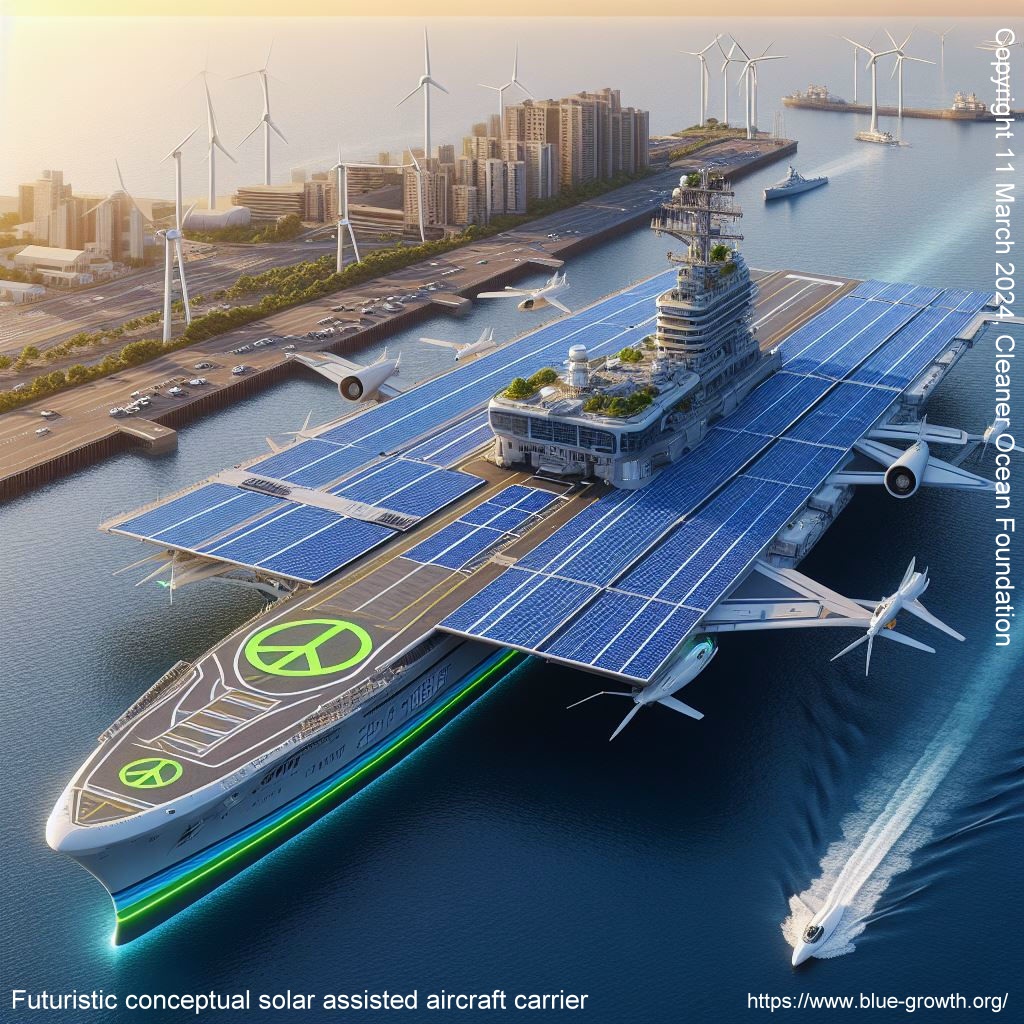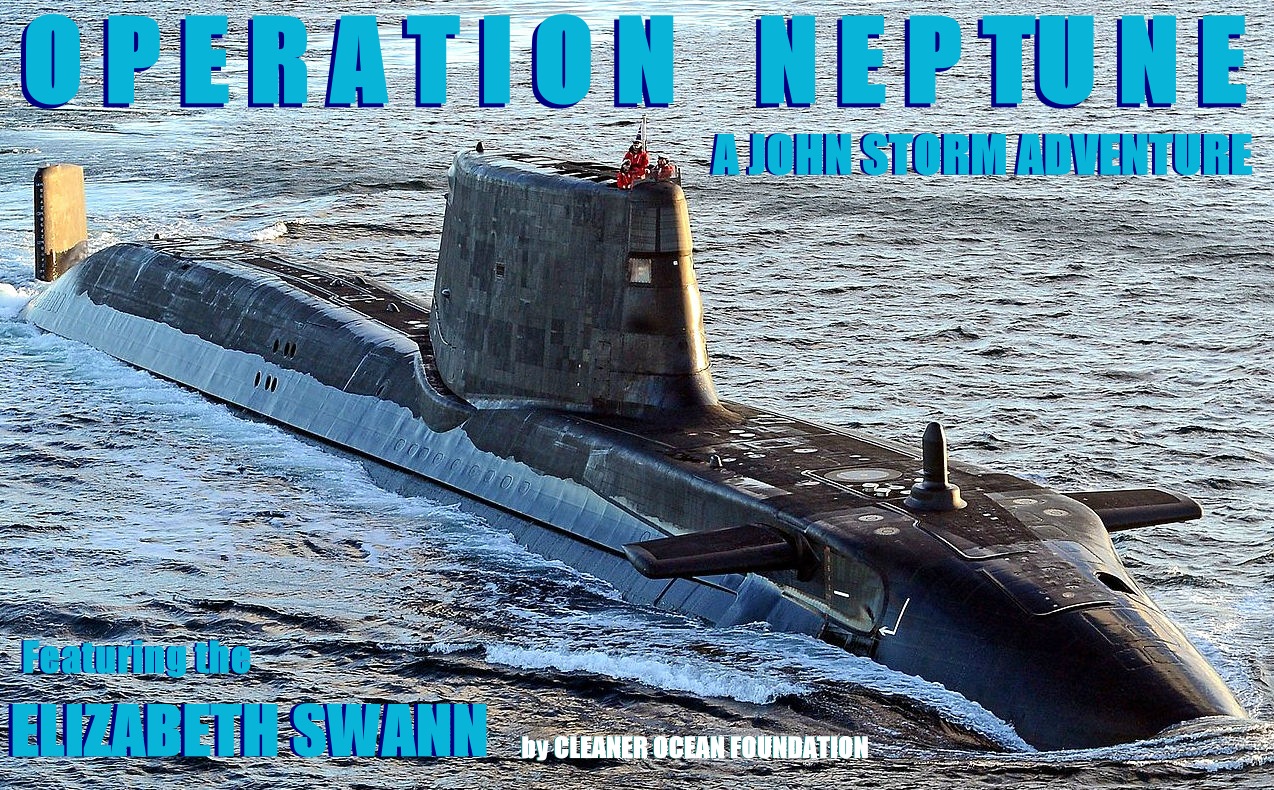BAE Systems is one of the world’s largest and most influential defence, aerospace, and security companies. Headquartered in London, it was formed in 1999 through the £7.7 billion merger of British Aerospace and Marconi Electronic Systems. But its roots stretch back over a century, through legendary names like Supermarine (of Spitfire fame), de Havilland, and the Marconi Company 1.
Today, BAE Systems employs over 107,000 people globally, with major operations in the UK, US, Australia, and Saudi Arabia. It’s the largest defence contractor in Europe and ranks among the top ten globally1. Its portfolio spans everything from Typhoon fighter jets and cyber intelligence to naval destroyers and nuclear submarines.
The Astute-Class Submarine Programme
The Astute class represents the UK’s most advanced fleet of nuclear-powered attack submarines (SSNs). Built at BAE’s Barrow-in-Furness shipyard, these 97-metre, 7,400-tonne vessels are designed for stealth, endurance, and firepower. They carry Tomahawk cruise missiles and Spearfish torpedoes, and can remain submerged for up to 90 days.
Five Astute-class boats—Astute, Ambush, Artful, Audacious, and Anson—are already in service. Two more, Agamemnon and Agincourt, are under construction and will complete the class.
What Comes Next: SSN-AUKUS
The UK government recently announced plans to build up to 12 next-generation SSN-AUKUS submarines, which will replace the Astute class from the late 2030s. These conventionally armed, nuclear-powered boats are part of the AUKUS trilateral agreement with the US and Australia4. The programme is backed by a £15 billion investment and is expected to support 30,000 skilled jobs across the UK.
However, the AUKUS alliance has hit a patch of uncertainty. The current US administration is reviewing the pact to ensure it aligns with its “America First” agenda. While UK and Australian leaders remain confident in the partnership, the review has raised concerns about submarine delivery timelines and industrial capacity 6.
The AUKUS submarine pact—between Australia, the UK, and the US—is one of the most ambitious defence collaborations in modern history. But beneath the surface, it’s facing serious turbulence.
The Submarine Design: SSN-AUKUS
The centrepiece of the deal is the SSN-AUKUS: a new class of conventionally armed, nuclear-powered attack submarines. These boats will be based on a British design (a successor to the Astute class), but will incorporate advanced US technologies, including combat systems and propulsion tech. The plan is for both the UK and Australia to build these submarines domestically, with the first UK boat expected in the late 2030s and Australia’s following in the early 2040s.
THE PROBLEMS
Production Bottlenecks: The US is already struggling to meet its own submarine needs. Its shipyards—particularly General Dynamics Electric Boat and Huntington Ingalls—are facing workforce shortages, supply chain delays, and maintenance backlogs. The US Navy is building about 1.2 Virginia-class submarines per year, far short of the 2.3 needed to meet its own targets.
UK Capacity Issues: The Royal Navy’s submarine force is stretched thin. Astute-class boats have been delivered late and are difficult to maintain. At times, none have been at sea. Dry docks at Devonport are being upgraded, but delays have left submarines waiting for repairs for over a year.
Australia’s Learning Curve: Australia has no nuclear submarine experience. It must build a nuclear-capable workforce, infrastructure, and regulatory framework from scratch. That’s a tall order, even with US and UK help.
Design Complexity: The SSN-AUKUS will be a hybrid of British and American systems. Integrating these into a single platform is a logistical and engineering challenge, especially across three nations with different standards and industrial cultures.
THE TENSIONS
US “America First” Review: The Trump administration has launched a formal review of AUKUS to ensure it aligns with its “America First” agenda. Critics in
Washington question why the US should share its “crown jewel” nuclear propulsion tech when its own fleet is under
strain 5.
Industrial Jealousy: There’s growing pressure in the US to keep more of the submarine construction at home. Some in Congress argue that if Australia and the UK benefit from US tech, then American shipyards should get a bigger slice of the build contracts.
Strategic Distrust: Australia is increasingly nervous about US reliability. Trump’s erratic foreign policy and recent tariffs on Australian goods have shaken confidence. Some Australian analysts worry that the US might pull back from the deal—or worse, leave Australia exposed in a future conflict.
China’s Reaction: Beijing has condemned AUKUS as destabilising and a threat to nuclear non-proliferation. The pact has already raised tensions in the Indo-Pacific, with
China viewing it as a direct attempt to contain its influence.
In short, AUKUS is a bold vision—but it’s navigating through political crosscurrents, industrial bottlenecks, and strategic mistrust.
SSN-AUKUS vs. VIRGINIA CLASS: A TALE OF TWO TITANS
The SSN-AUKUS and the Virginia-class submarines are both nuclear-powered attack subs (SSNs), but they reflect different design philosophies and industrial ecosystems.
Virginia Class (USA):
In service since: 2004 (Block I–V variants)
Displacement: ~7,800 tons submerged
Length: ~115 meters
Armament: Tomahawk cruise missiles (via vertical launch system),
torpedoes
Tech: Advanced sonar, photonic masts, modular payload bays, and Block V includes the Virginia Payload Module (VPM) for extra missile capacity
Production: Built by General Dynamics Electric Boat and Huntington Ingalls
SSN-AUKUS (UK/US/AUS):
In development: First UK boat expected late 2030s, Australia’s in early 2040s
Design base: British next-gen successor to the Astute class
Tech fusion: UK hull design + US propulsion and combat systems + Australian industrial input
Capabilities: Nuclear propulsion, vertical launch system, advanced sonar, AI-enhanced surveillance, and deep interoperability across AUKUS navies
Key Differences:
The Virginia class is a proven, modular workhorse already in service.
SSN-AUKUS is a future-forward hybrid, aiming to combine the best of all three nations — but it’s still on the drawing board.
Virginia-class subs are optimized for stealth and strike; SSN-AUKUS is being tailored for long-range Indo-Pacific operations and joint command integration.
Why AUKUS? A Counterweight to China’s Maritime Surge
AUKUS is very much a strategic response to China’s unprecedented naval expansion. The People’s Liberation Army Navy (PLAN) is now the world’s largest by ship count, and it’s not slowing down. China is launching destroyers, frigates, and submarines at a pace unmatched by any Western nation.
What makes this more formidable:
Industrial scale: China controls nearly 50% of global shipbuilding capacity.
Dual-use shipyards: Civilian yards are used to build warships under its military-civil fusion strategy.
Manpower: While China has admitted to some skilled personnel shortages, its sheer scale allows it to train and rotate talent rapidly.
AUKUS is designed to:
Offset China’s numerical advantage with higher-tech, interoperable submarines.
Strengthen deterrence in the Indo-Pacific by giving Australia a stealthy, long-range undersea strike capability.
Deepen industrial ties between the US,
UK, and Australia — though tensions remain over who builds what, and where.
In short: the Virginia class is the present. SSN-AUKUS is the future. And AUKUS itself is a bet that three democracies can outpace one authoritarian juggernaut — not by matching ship for ship, but by building smarter, together.
Both US and UK vessels will be used in RIMPAC,
that is somewhat like the NATO
(North
Atlantic Treaty Organization) of the Pacific
Ocean.
|

